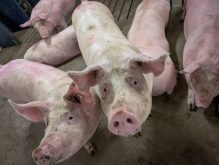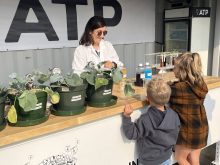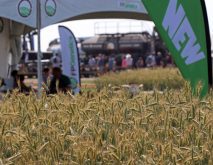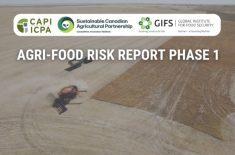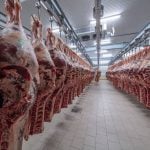The Ag in Motion outdoor farm show has become popular with Canadian farmers during its first decade and interest is building internationally.
Rob O’Connor, show director of Ag in Motion, said growth and interest in the show is happening naturally. It has never been advertised outside of Western Canada but that hasn’t stopped word from spreading to Eastern Canada, the United States and other continents.
Whether from their own interest or at the invitation of companies participating in AIM, attendees from multiple African and European countries and Australia were well represented at this year’s show, held in July near Langham, Sask.
Read Also
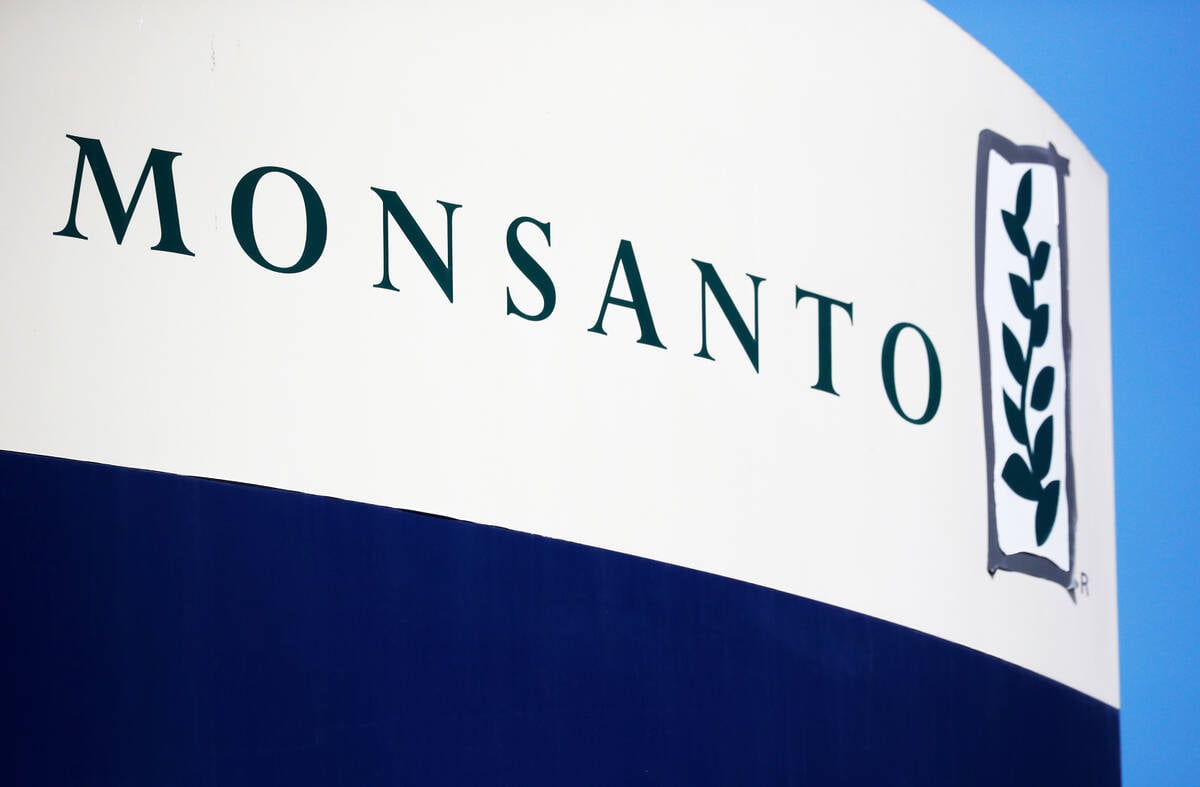
Journal pulls long-cited glyphosate study for ethics violations
The journal Regulatory Toxicology and Pharmacology has retracted a 2000 Monsanto-linked glyphosate review, drawing new scrutiny as Bayer faces mounting legal pressure.
Henok Dejene is owner and managing director of hdd trading plc, an import-export company from Addis Ababa, Ethiopia, and he was one of this year’s international attendees.
“I have travelled all over the world, to different kinds of shows and exhibitions and expos like this,” he said. “This one is different. It is intended for demonstration. Wherever you see the tractors, the seeders, the drones, everything, you can see it doing the things that it’s supposed to do. So, demonstration with these kinds of things, it catches my eye, and I hope I’ll see it again.”
Dejene, a first-time visitor to the show, said he was astonished at the size of AIM and its displays and intends to return.
Why it matters: Ag in Motion ran in mid-July 2024 near Langham, Sask.
His goal at AIM was to build relationships and find equipment to import. Ethiopian production is similar to that of the Prairies. It produces teff, corn, wheat and sorghum so equipment requirements are closely mirrored.
Dejene’s company imports agriculture and construction machinery and parts, new and used, ranging from tractors and large trucks to seeders and irrigation equipment. Most of what he finds is sold to retailers, though his company keeps some equipment to rent.
“For example, when somebody starts some big farming, we rent out some machineries to clear the land. I rent the tractors. Maybe they can’t or (don’t) have the capacity to own this machine,” he said.
Ethiopia is most accustomed to John Deere equipment, Dejene said, but what they have is less technical and with less horsepower than the equipment he saw at AIM. He said a high level of technological advancement is not yet needed in his country.
“Some of the machineries are sophisticated, they are very big, they are really cutting edge. Maybe those kinds of machineries may take some time. And the other thing, the drones, the pumps, and some small horsepower tractors, already the market is there.”
John Deere equipment is familiar in Ethiopia and other parts of Africa because the brand expanded there in the late 2010s. It established an assembly plant in Ethiopia a few years ago. Dejene said he wants to encourage other companies to establish in Ethiopia because the agriculture market is strong.
Samrawit Kassahun, who works for Zataw General Trading, another import and export firm from Ethiopia, echoed Dejene’s sentiments on the market and need for more manufacturers. She believes it’s easier to deal with manufacturers directly for business and for importing.
Kassahun came to AIM looking for innovations to take back to her customers in Ethiopia. She works closely with farmers to export their products and knows what they want to buy.
“They have a lot of similarities on their agriculture, on farms,” she said. “You manufacture machinery. So, your farming style is advanced, your machines are advanced. We want that in Ethiopia.”
The country is open to more deals with Canada, she added, but there are challenges with export agents who work as middlemen between importers and manufacturers or businesses. These agents tend to increase costs and make trade more inconvenient on the importers’ end.
“When you add customs, agents’ fees and everything, it makes things very expensive,” Kassahun said. “But if the manufacturer in Canada works with importers, in Ethiopia like us, direct contact makes it easier.”
She offered the example of irrigation technology as her current interest. Ethiopia is interested in irrigation and has plentiful rivers, lakes and ground water. The country relies heavily on irrigation for crop growth, especially since the government has encouraged growing outside the regular rainy season. Current systems come from China and Turkey, but Kassahun would like to bring in Canadian technology.
Agriculture differences
Shaikh Mohammad Bokhtiar, executive chair of the Bangladesh Agricultural Research Council, attended AIM with the Bangladesh Ministry of Agriculture delegation. He said agriculture in Bangladesh varies greatly from that of Canada and the Prairies. Its primary crops are rice, corn and other vegetables, though it also grows wheat.
Bangladesh is the world’s third largest producer of rice, seventh for potatoes, is increasing its corn production and can produce nine to 10 tons per hectare by growing two or three crops a year. At AIM, the ministry was looking for ways to complement its agricultural production as climate change affects crop choices.
“Due to climate change, our maize area is growing but wheat area is declining,” Bokhtiar said. “Our requirement is almost 6.5 million tons of wheat but our production is 1.1 million. So, there is (a) gap.”
Bangladesh uses huge amounts of fertilizer and water, so soil health and water use are two of the largest concerns for the nation and for Bokhtiar, who worries most about depleting soil nutrients.
He said the soil technology he saw at AIM would be extremely helpful for Bangladesh farmers, and particularly noted the demonstration of an instant soil analysis device that identifies levels of nutrients in the soil so fertilizer needs can be calculated.
“We had a series of meetings, and it was very educational for us and we gained a lot of knowledge,” he said, adding that applying that knowledge and cooperating with other agencies could increase productivity in his country.




